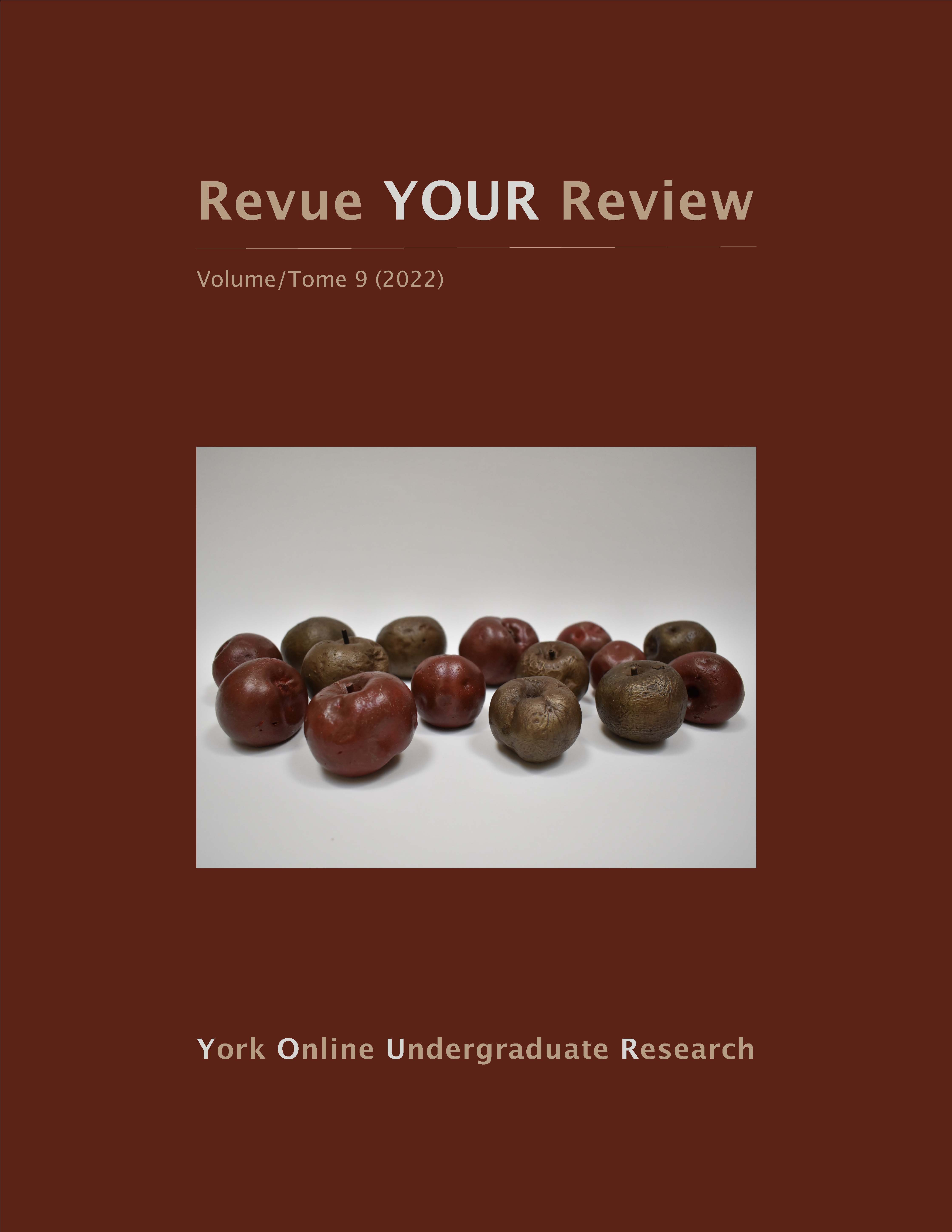Save-a-Bear: Human Interactive Device, Addressing Accessibility, Emotional Care, and the Seriousness of Teaching CPR to Children, All in the Comfort of One’s Home
Résumé
This project focused on the application of the interaction design process, design knowledge and skills to design interactions with a child-size manikin for children to learn the cardiopulmonary resuscitation (CPR) technique. Despite having numerous CPR manikins and feedback devices available on the market, very few are specialized in teaching children the essential skill. The interactions with the manikin should be designed to support haptic feedback to facilitate the children’s learning. The study focused on key factors that should be prioritized when developing a CPR manikin for children. The research was conducted as a group utilizing various methods, including primary/secondary, PACT, competitive analysis, and affinity mapping. Findings reveal that there is a need to address accessibility, emotional care, and the seriousness of teaching CPR.
This project led to the creation of Save-A-Bear. It is a portable and responsive CPR bear with compression and audio feedback that addresses accessibility, emotional care, and the seriousness of teaching CPR to children all in the comfort of a child’s home. Features that include an inbuilt speaker that plays 100 beats per minute (BPM) songs, tracks compressions by recording metrics on the app, is easily portable, and raises awareness of the importance of understanding CPR & first-aid practices. This device assists in the transition to remote learning through its physical and digital component and at-home training program. By creating this device, children will be well equipped with the skills to deal with any future medical emergencies, to take care of themselves, their loved ones, and the community.
Téléchargements
Publié-e
Comment citer
Numéro
Rubrique
Licence

Cette œuvre est sous licence Creative Commons Attribution - Pas de Modification 4.0 International.
Les auteurs qui contribuent à la Revue YOUR Review acceptent de publier leurs articles selon une des trois catégories de la licence 4.0 : Creative Commons Attribution 4.0 International; Creative Commons Attribution-Pas d'Utilisation Commerciale 4.0 International; ou Creative Commons Attribution-Pas de Modification 4.0 International. Tout contenu éditorial de ce site ainsi que les affiches et les résumés sont sous la licence Creative Commons Attribution-Pas de Modification 4.0 International. Pour plus d’informations, veuillez voir :
https://creativecommons.org/licenses/
Dans tous les cas, les auteurs conservent leurs droits d’auteurs et concèdent à la Revue YOUR Review le droit de première publication. Les auteurs peuvent, par la suite, conclure d’autres accords de distribution non exclusifs de la version publiée dans ce périodique (par exemple, l’afficher à un dépôt institutionnel ou le publier dans un livre ou dans un autre périodique) à condition que la reconnaissance fasse mention de la publication originale dans la Revue YOUR Review.


